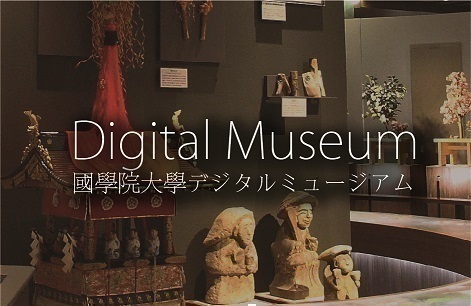- トップ
- Encyclopedia of Shinto
- Kamuyamatoiwarebiko
Encyclopedia of Shinto
| Main Menu: | |
| Links: |
詳細表示 (Complete Article)
| カテゴリー1: | 2. Kami (Deities) |
|---|---|
| カテゴリー2: | Kami in Classic Texts |
| Title | Kamuyamatoiwarebiko |
| Text | [Kamu yamato iwarebiko](Kojiki) Other names: Kamuyamato iwarebiko hohodemi no sumera mikoto, Wakamikenu no mikoto, Toyomikenu no mikoto, Sano mikoto, Hatsukuni shirasu sumera mikoto. Names referring to the first legendary emperor Jinmu. The fourth child of Ugayafukiaezu and Tamayorihime (daughter of the sea kami Watatsumi; see also umi no kami). Jinmu originally married Ahirahime [in Nihongi, called Ahiratsuhime] in Hyuga, thus siring Tagishimimi no mikoto. Later, he conferred with Itsuse no mikoto and his other brothers and left on a campaign to subdue the eastern provinces. Both Kojiki and Nihongi relate the eastern campaign while interspersing martial songs called Kume-uta. Hosted by Usatsuhiko and Usatsuhime, and guided by the kunitsukami Shinetsuhiko, the army passed through the provinces of Tsukushi, Toyo, Aki, and Kibi, finally arriving at Naniwa (near present-day Osaka). The army failed to land there, however, and changed course and proceeded instead to Kumano. During that period, the campaign was successful at subjugating the various tribes met, but in the fight with Tomi no Nagasunebiko (in Kojiki), Jinmu's brother Itsuse no mikoto was killed, and Inahi no mikoto (in Nihongi, Inai no mikoto) and Mikenu no mikoto (in Nihongi, Mikeirinu no mikoto) were buffeted by storms at sea and either drowned or departed to the "everlasting land" (Tokoyo), finally leaving Emperor Jinmu as the sole leader. At Kumano, Jinmu's army was beset by noxious vapors issued by rough kami, and the entire band fell unconscious, but they were saved by the local man Takakuraji, who received an oracular dream from Amaterasu and Takemikazuchi. With the sword Futsu no mitama provided by Takemikazuchi, Jinmu defeated the rough kami. When the army lost its way on the road, either Takamimusuhi (Kojiki) or Amaterasu (Nihongi) appeared to Jinmu in a dream, telling him to follow the numinous Yatakarasu crow that would be sent as a guide. Following the crow, Jinmu and his army, led by Michi no omi no mikoto arrived at Yoshino, where they were met by the kunitsukami Ihika (in Nihongi, called Ihikari), Iwaoshiwaku, and the child of Niemotsu. There, Jinmu orchestrated the surrender or defeat of the brothers Ukashi the Elder and Ukashi the Younger, the brothers Shiki the Elder and Shiki the Younger, the leaders Yasotakeru and Nagasunehiko, and the Tsuchigumo peoples. Finally, in his role as the child of the heavenly kami (amatsukami), Jinmu consulted with Nigihayahi no mikoto who had rendered service in subduing local kami like Nagasunehiko, and after receiving Nigihayahi's submission, he completed his eastern campaign and built a palace at Kashihara, where he was coronated. The account in Nihongi also introduces numerous other episodes involving the campaign to subject the indigenous tribes, including the appearance of a golden kite (a bird of prey); and Jinmu's receipt of an oracular dream, as the result of which he makes ritual implements from the clay of Mt. Amanokagu. These implements he offered in worship to Takamimusuhi in performance of an oath (ukei), appointing Michi no omi to the position of chief ceremonialist. Following his coronation, Jinmu, through the mediation of Ōkume no mikoto, took as his empress Himetataraisukeyorihime, the child of Mishima no Ōmononushi and the daughter of Mishima no Mizokui. With her, he produced Kamununakawamimi no mikoto and other offspring, and at Torimiyama he constructed a facility for the worship of the imperial ancestral kami. According to Kojiki, he lived to be 127, and died at Kashihara and was buried to the north of the mountain Unebiyama. -Mori Mizue |




